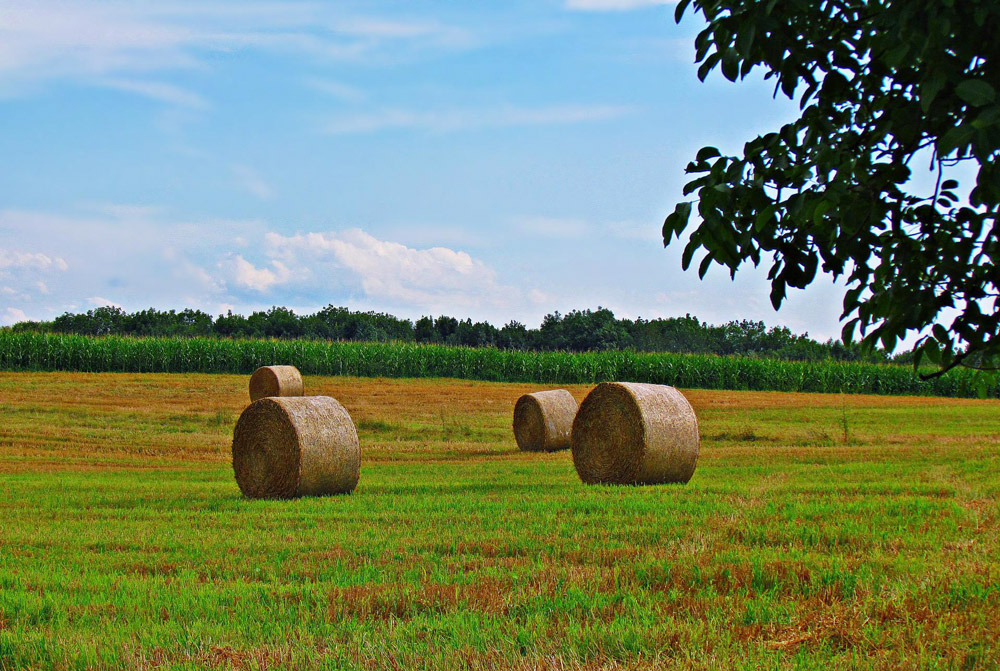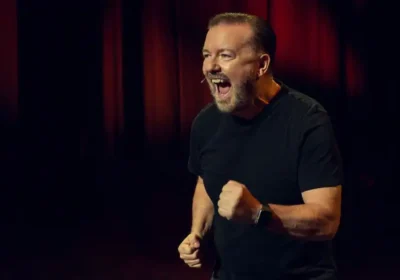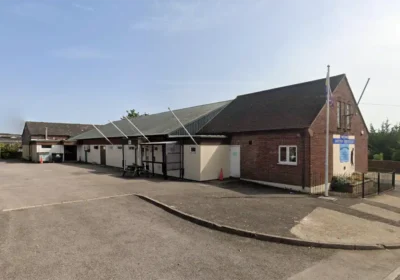We dream of June through the dark days of winter; we dream of sunshine and gardens bursting with colour; we dream of a cacophony of birdsong and a riot of wildflowers in field and hedge. And we dream of the verdant green that envelops us in high summer. Then we blink and it’s the longest day and the start of the gradual decline back to winter.
It takes forever to arrive and then is gone like a dandelion clock in a gentle breeze.
June is the traditional month of hay-making and the start of the meteorological summer – the month that farmers keep a sharp weather eye open for that brief window when grass is mown, turned, tedded, rowed and baled.
In my youth I can remember many sunny afternoons turning and rowing up hay on an old Massey-Ferguson 35 with a multi-tool piece of kit on the back called an acrobat. It had four spoked wheels like a spider web and you could adjust them offset as two by two or in a row of four, each just behind the next like a plough.
Once the grass was rowed up, the tedder would come in – a big box towed behind the tractor with tines at the edges like tail feathers and giving it its name of the cock pheasant. This would fluff up the hay ready for baling and at this time a crop is at most risk from bad weather and could be spoiled with a few hours of heavy rain.
Early summer is a time of white flowers, often unnoticed with all the abundant growth of green, but from the profusion of may blossom and the star-like flowers of the wild garlic through to hedgerows bedecked with cow parsley, to the ox-eye daisies that follow, white is to be seen everywhere.
By June the tall hogweed with its large white umbels fills hedgebanks and waste ground while higher up the drooping saucers of deliciously scented elder flowers give contrast to the backdrop of greenery.
June is so full of life and activity that it’s easy to relax locally and see much. An hour recently spent sat on the riverbank yielded many delights from the flash of iridescent blue as a kingfisher darted past to the mesmerising stop-start hovering of the damselfly.
At the water’s edge, a mallard duck shepherded her brood around the kingcups and watercress while swallows dived, skimming the surface picking up all manner of insects.
On the far bank a water vole made its way along the water’s edge and the clack of a moorhen could be heard a little further downstream. So much to see almost without moving from a comfy spot.
And amid all of this bounty is the worry of declining habitat, species extinction and relentless building on greenfield sites. It has to stop. Surely we owe it to wildlife and our children and their children.
I haven’t heard a cuckoo in the area for half a dozen years now and he is just a marker bird for so many other species. Yellowhammers, previously common, are now rare and other once familiar birds like jays, bullfinches and nuthatches are on the amber list.
Only a generation ago a car drive of any distance would result in a mass of insects on the windscreen and the headlamps but today I can drive to Cornwall and back and have barely a bug to clean off.
Insects are a major food source for millions of birds and their decline only exacerbates the problem for many of our songbirds. With fewer insects to feed on their range is extended but they overlap with other species looking for similar food or run into new housing estates, supermarkets or factory projects built on what was once pristine countryside. It’s time we collectively said enough is enough.
by A J Selby









Leave a Reply